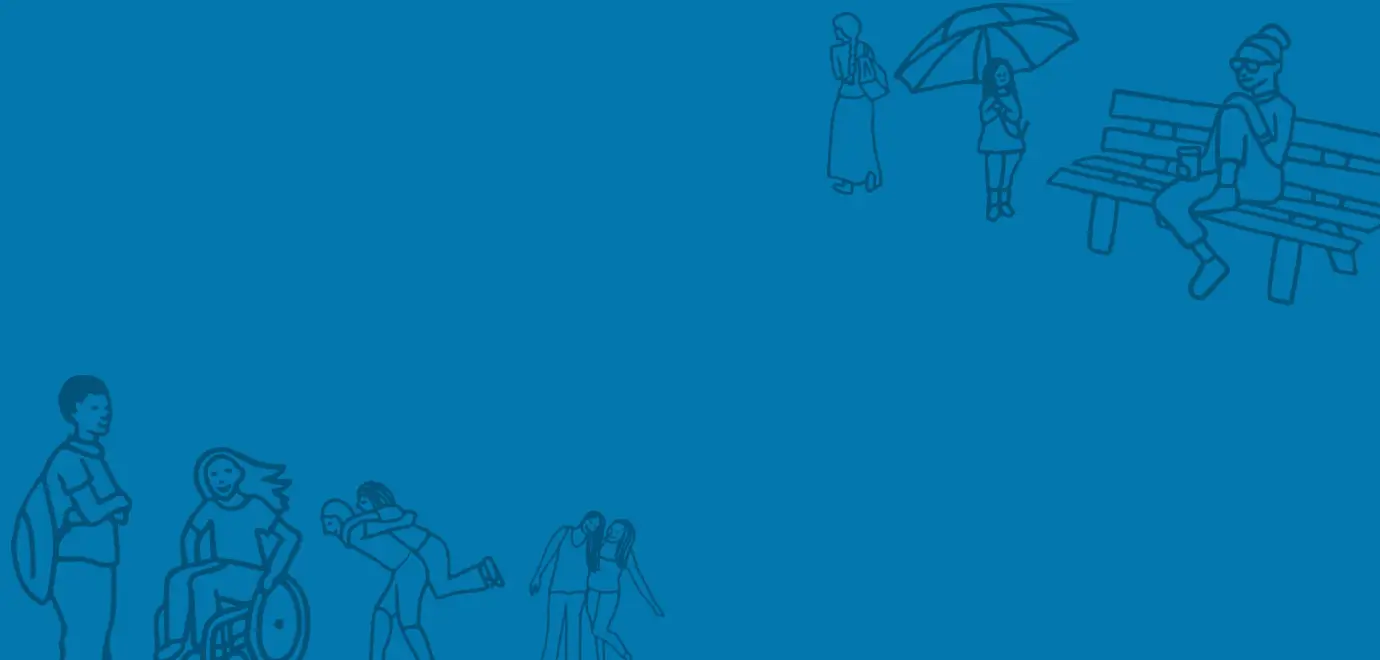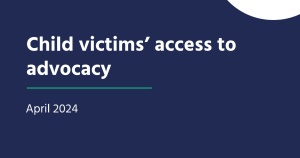This week I am shining a light on the education system and what needs to be done to support children to attend school regularly. I have set an ambitious target for 100% attendance at school because I want to make sure that no child gets left behind or falls out of sight. Achieving this target will need system wide alongside child-level solutions. It will require the system to evaluate the extent to which existing solutions are really providing support to those who need it most. My ambition is for a truly inclusive education and health system, which understands children’s needs are varied and complex and provides appropriate support, at the right time, to enable them to achieve the best possible outcomes.
To achieve this ambition, we must look at how the system works for children with Special Educational Needs and or Disability (SEND). Data shows that in the autumn 2021 term, the overall absence for pupils with an Education Health and Care Plan (EHCP) was 11.6%, up from 9.4% in autumn 2020. 36% of pupils with an EHCP were persistently absent in autumn 2021, meaning that they missed 10% or more of possible school sessions, compared to 31% for pupils with SEN support and only 22% for pupils with no identified SEN.
I have recently published my ambitions for the Special Educational Needs and/or Disability (SEND) system which set out what we must do to ensure that children with SEND have equitable outcomes. A key one of these is their attendance goals, the professionals working with children with SEND must be setting realistic goals for school attendance, integrating these as part of EHCPs and making sure that children are receiving a level of support and education which matches their ambitions.
Children have told me that regardless of their SEND needs they are ambitious and want the adults around them to see that too. As one boy attending a special school said:
‘People these days need to learn we’re equal and we can do what’s best and we are very capable of ourselves’ – Boy, 17.
There is a small group of children who will be particularly concerned about COVID because they, or a loved-one, are clinically extremely vulnerable to this illness. Every local authority and health service should be working with these children and their families to establish suitable education provision. I have seen some fantastic examples where serious illness has not been a barrier to inclusion, for example at one medical alternative provision, they had invested in robots which could be placed within classrooms to enable children unable to leave their hospital room to have not only a virtual presence in class, but a physical one as well. The government also needs to make sure that the latest evidence is available in a way that is accessible to children and their families.
Fundamentally, a SEND diagnosis should not be used as an excuse by the system for a child attending school less frequently than they are able to or achieving lower grades than they could have attained, had the right support been in place.
Transformation across the system is possible but it means joining up areas of work often addressed in silos. Children’s experiences will depend on families, schools, local authorities, and the health service working cohesively, and towards the same outcomes. Key to achieving this is having the proper assessment framework in place, to hold areas to account when services are not delivering for children. I am pleased to see that the updated area SEND inspection framework seeks to promote joint working across the sector by including not only education inspectors but also health and social care in the inspection team. Additionally, I am happy to see alternative provision (AP) education arrangements come under the inspections. My latest paper, What children need from an integrated alternative provision system explored the reliance on unregistered AP to meet children’s needs in a way that mainstream schools are often unable to. Inspectors must look at the length of placements in AP, as placements should not be being used as a long-term education intervention.
Everyone working with and for children needs to start by asking children what they want to achieve, really listening not just to their ambitions for the future but to what they worry is holding them back and then asking what support and infrastructure they need to achieve their potential.






